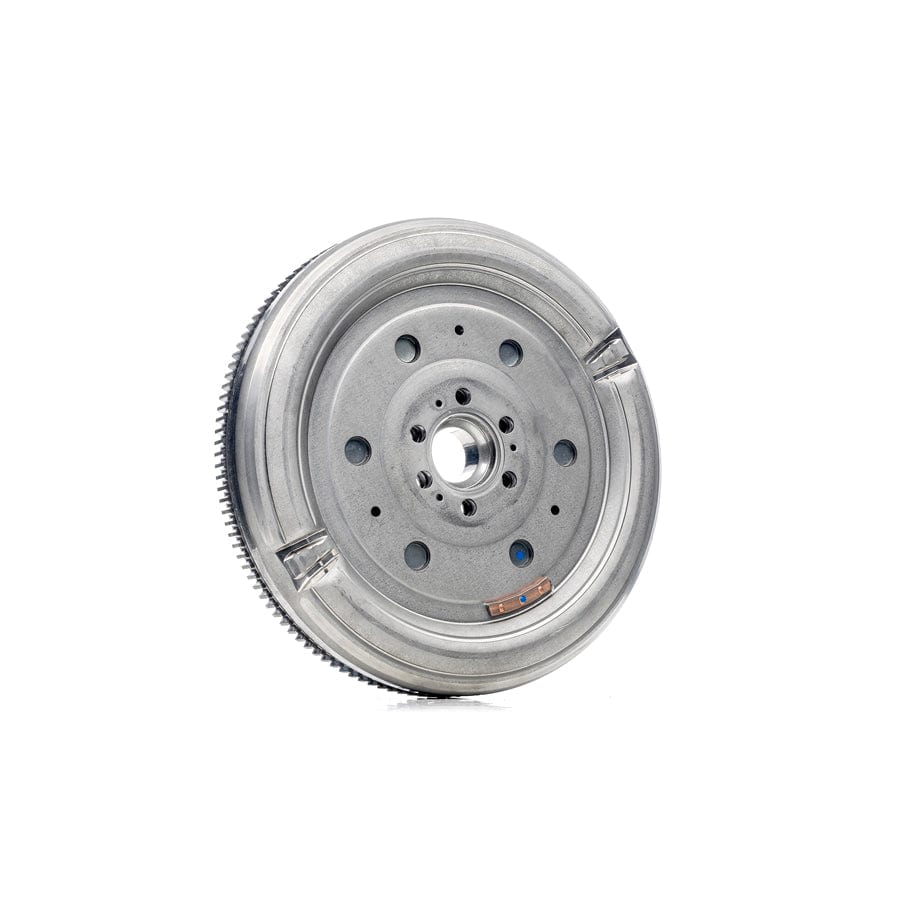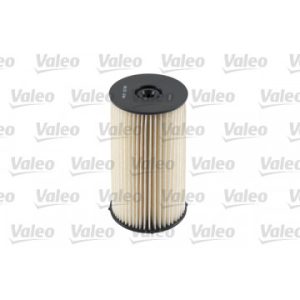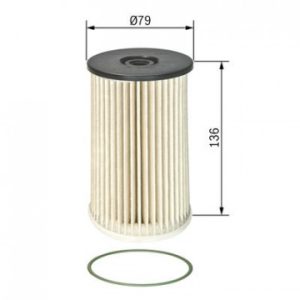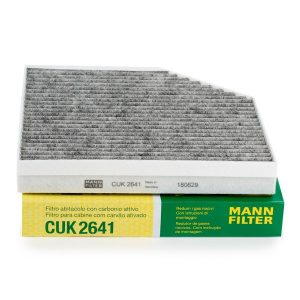Description
An Audi flywheel is a large, heavy metal disc located between the engine and the clutch. It plays a crucial role in transmitting power smoothly from the engine to the transmission. Here’s a breakdown of its key features:
Function:
- Stores rotational inertia: As the engine cranks, the flywheel builds up inertia, helping maintain smooth engine rotation even during combustion cycles.
- Engages the clutch: The clutch disc presses against the flywheel, transferring power to the transmission when engaged.
- Dampens vibrations (dual-mass flywheel): In some Audi models, a dual-mass flywheel (DMF) is used. This flywheel incorporates two masses connected by springs and dampers, absorbing vibrations from the engine and minimizing noise and harshness in the cabin.
Types:
- Solid mass flywheel (SMF): Simpler and lighter, offering faster gear changes and more direct feel, but can transmit more engine vibrations.
- Dual-mass flywheel (DMF): More complex and expensive, but provides smoother operation and reduces vibrations, especially in diesel engines.
Signs of a failing flywheel:
- Clutch shuddering or juddering
- Gear grinding or difficulty shifting
- Excessive engine noise or vibration
Important things to know:
- The specific type of flywheel used depends on your Audi model, engine, and transmission.
- DMFs typically wear out faster than SMFs and can be expensive to replace.
- Some performance clutch kits offer conversion options from DMF to SMF for improved responsiveness and reduced cost.







Reviews
There are no reviews yet.